
In an era where our digital footprint continues to expand, safeguarding personal and professional data has never been more crucial. Cyber attacks pose significant threats, but by adopting effective strategies, you can significantly reduce your vulnerability. Here are nine practical ways to protect your data from cyber attacks.
1. Use Strong, Unique Passwords
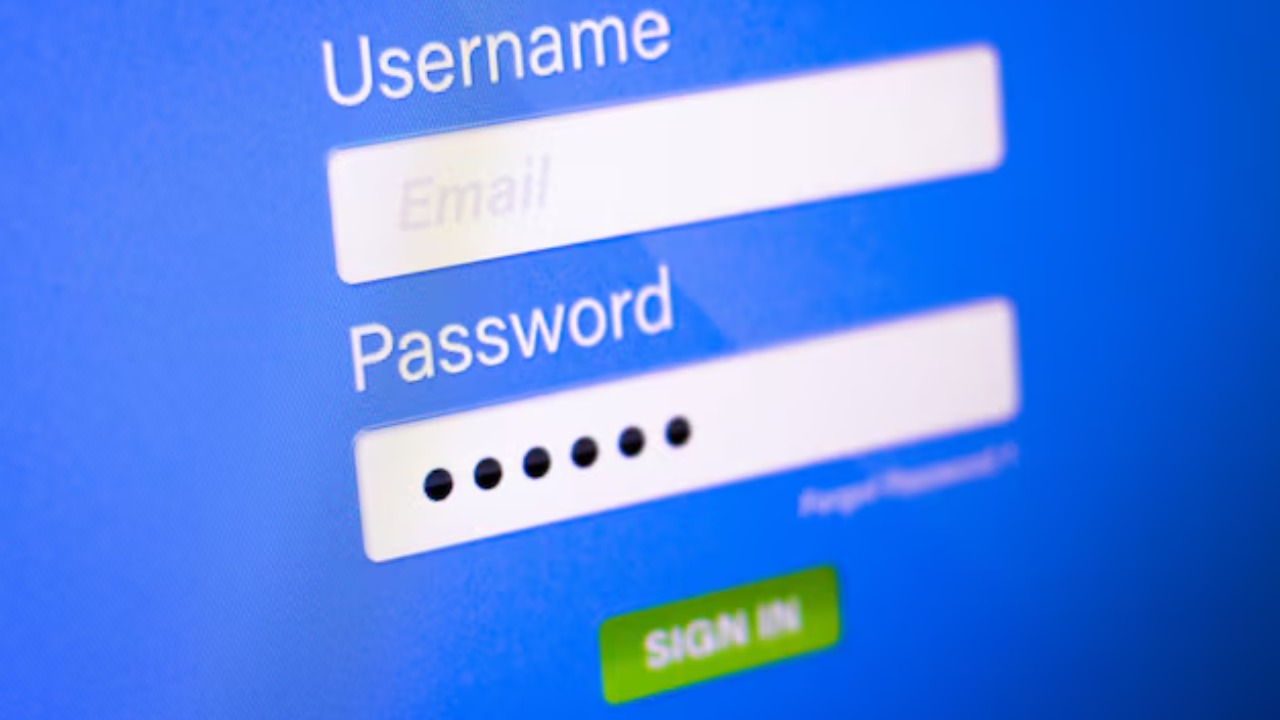
Creating strong and unique passwords for each of your online accounts is fundamental to protecting your data. A strong password should be at least 12 characters long and include a mix of uppercase and lowercase letters, numbers, and special symbols. Avoid using easily guessable information such as birthdays, names, or the word “password”. Consider using a password manager like LastPass or Dashlane to store and manage your passwords securely. These tools help generate complex passwords and ensure you’re not reusing them across different platforms.
For added security, frequently update your passwords and avoid sharing them with anyone. If you suspect a breach, change your passwords immediately to prevent unauthorized access. A strong, unique password is your first line of defense against cyber threats.
2. Enable Two-Factor Authentication
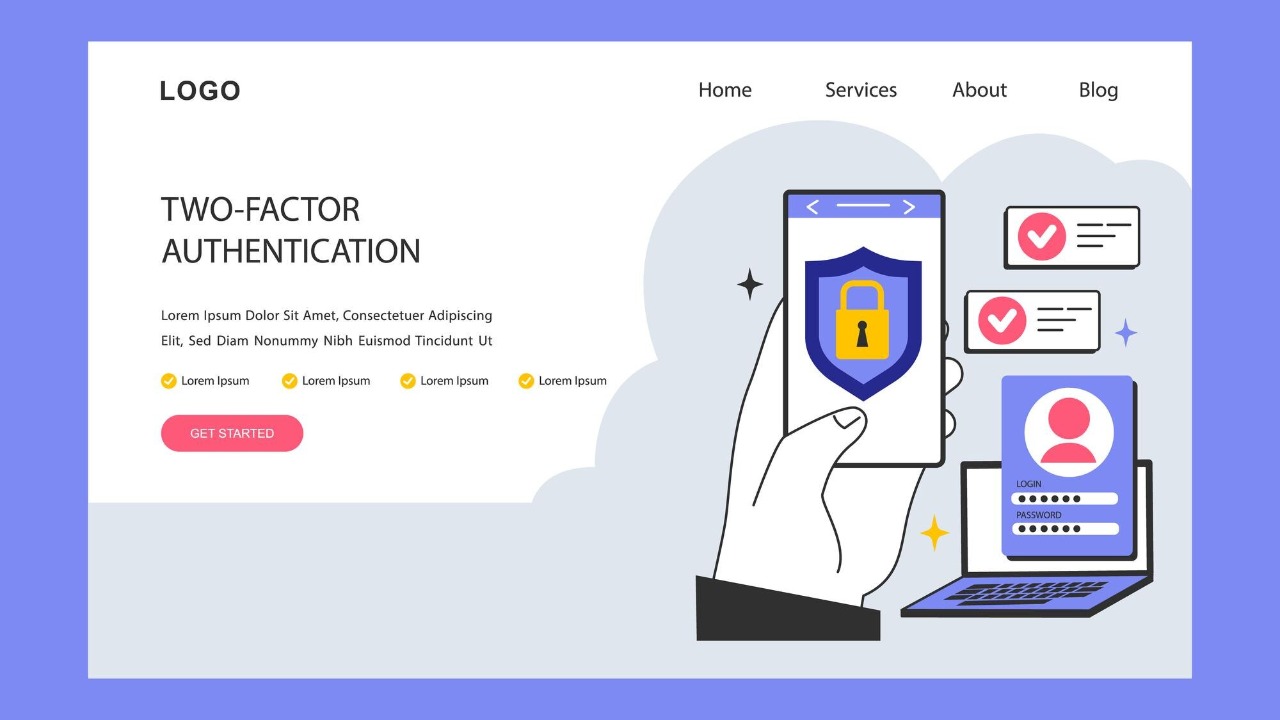
Two-Factor Authentication (2FA) adds an extra layer of security by requiring a second form of identification beyond your password. This might be a text message code, an authentication app like Google Authenticator, or a biometric factor such as a fingerprint. By enabling 2FA on your accounts, you drastically reduce the risk of unauthorized access, even if your password is compromised.
Many major platforms, including social media sites and financial institutions, offer 2FA options. Take the time to activate this feature wherever possible. It can be slightly inconvenient but offers significant protection against cyber attacks. For more information on how 2FA can protect your business, visit this resource.
3. Keep Software Up to Date
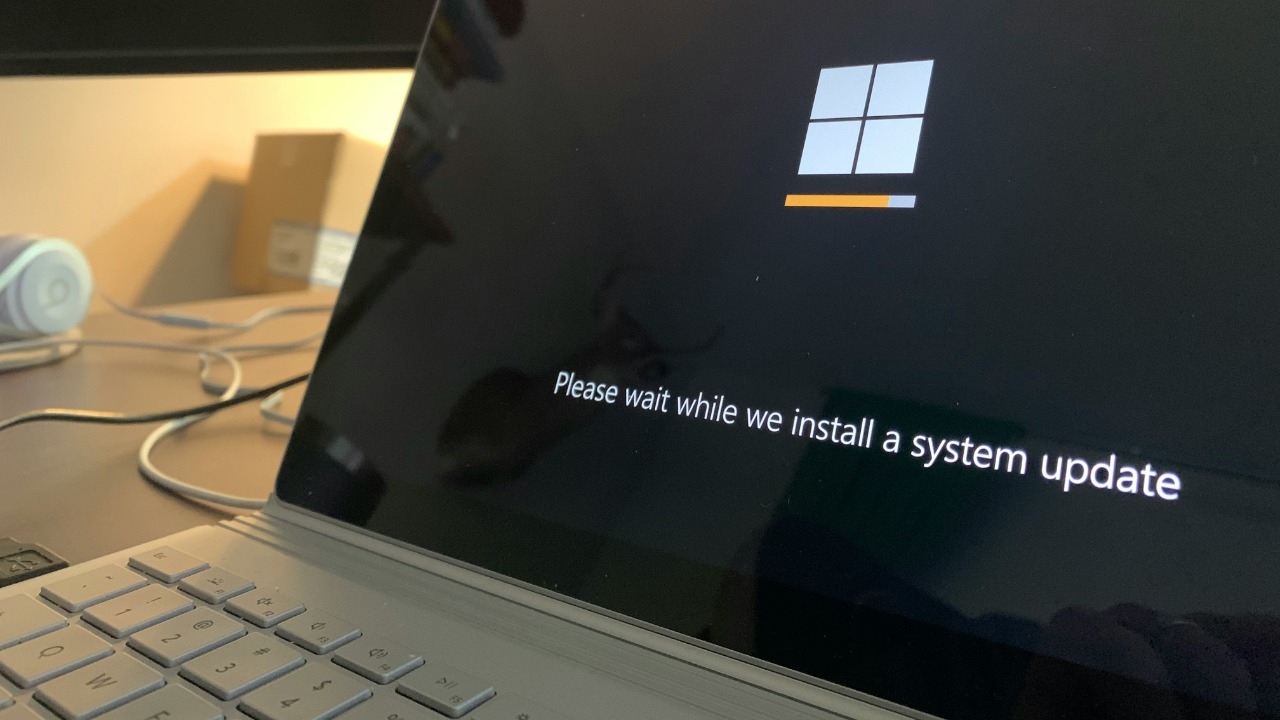
Regularly updating your software is crucial for protecting against cyber threats. Software updates often include patches for security vulnerabilities, which hackers can exploit if left unaddressed. Make sure your operating system, applications, and security software are set to update automatically. This ensures you’re always running the latest versions with the most recent security enhancements.
Beyond your computer, remember to update the software on other devices, such as smartphones and tablets. Cybersecurity is an ongoing process, and keeping your software up to date is a key component. Find more cybersecurity best practices here.
4. Be Wary of Phishing Scams
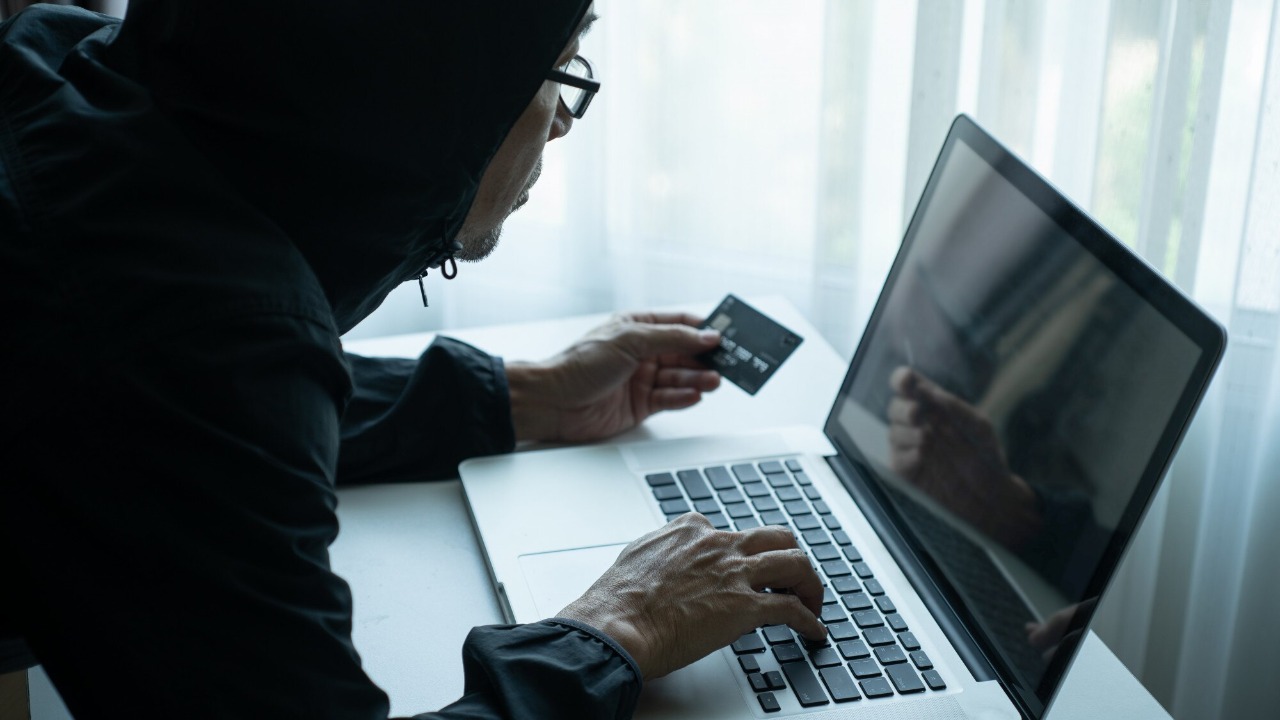
Phishing scams are fraudulent attempts to obtain sensitive information by disguising as trustworthy entities. These scams often come in the form of emails or messages that appear legitimate but contain harmful links or attachments. To protect yourself, scrutinize the sender’s email address, avoid clicking on suspicious links, and never download unexpected attachments.
If you’re unsure about the authenticity of a message, contact the organization directly using verified contact information. Educating yourself about common phishing techniques can prevent you from becoming a victim. For a deeper dive into preventing such scams, explore this guide.
5. Use a Virtual Private Network (VPN)
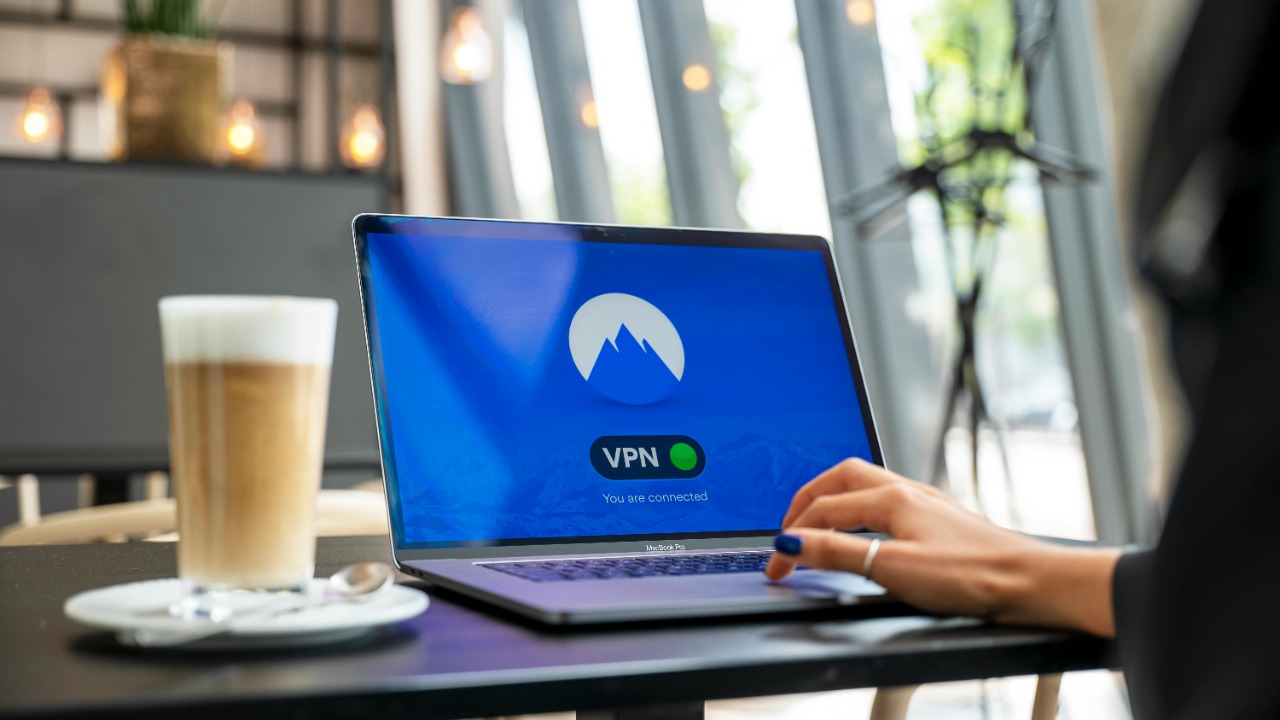
A Virtual Private Network (VPN) encrypts your internet connection, making it more difficult for cybercriminals to intercept your data. When using public Wi-Fi networks, a VPN is particularly beneficial as it shields your browsing activity from prying eyes. Services like NordVPN or ExpressVPN offer reliable options for maintaining your privacy online.
While a VPN provides an added layer of security, it should be used in conjunction with other protective measures. Ensure that your VPN service is trustworthy, as some free options may compromise your data rather than protect it.
6. Install Reliable Security Software
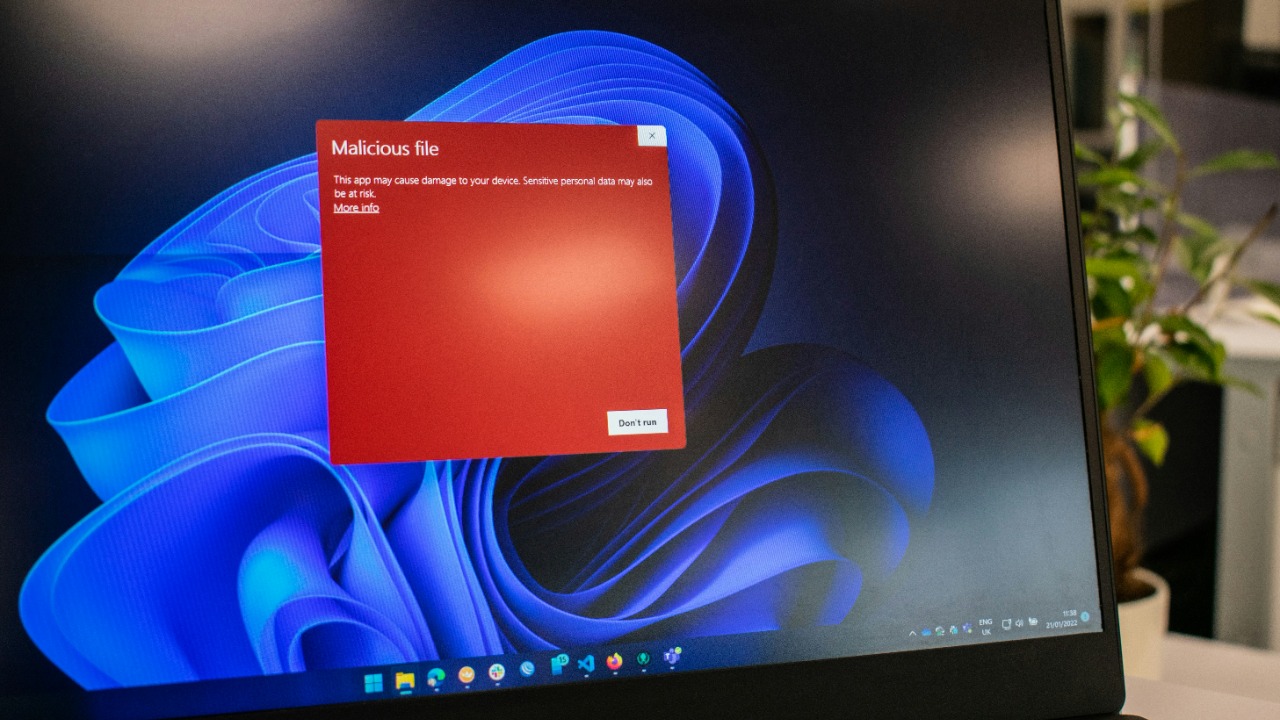
Reliable security software, such as antivirus and anti-malware programs, can detect and neutralize threats before they cause harm. Products like Norton or McAfee offer comprehensive protection against a wide range of cyber threats. Ensure that your security software is configured to perform regular scans and receive automatic updates.
While security software is essential, it should not replace cautious online behavior. Stay informed about emerging threats and adjust your security settings as needed. Learn more about preventing ransomware and other attacks here.
7. Regularly Back Up Your Data

Regular data backups ensure that you can recover your information in the event of a cyber attack or system failure. Use an external hard drive or a cloud-based service like Google Drive or Dropbox for automatic backups. Aim to back up your data at least once a week, or more frequently if you handle sensitive information.
Having multiple backup copies stored in different locations can further safeguard your data. Remember, a successful backup strategy can be your saving grace against data loss caused by malware or hardware malfunctions.
8. Secure Your Wi-Fi Network

Securing your Wi-Fi network is another critical step in protecting your data. Begin by changing the default network name (SSID) and password provided by your router manufacturer. Use WPA3 encryption if available, as it offers enhanced security over older standards like WPA2.
For additional protection, consider hiding your network’s SSID from public view and enabling a guest network for visitors. Regularly monitor devices connected to your network to detect unauthorized access. These steps help ensure your home network remains secure against cyber threats.
9. Limit Personal Information Sharing Online

Be mindful of the personal information you share online, as oversharing can increase your risk of identity theft. Review your privacy settings on social media platforms and adjust them to limit who can see your posts and personal details. Avoid sharing sensitive information, such as your full address or phone number, on public forums or profiles.
Stay informed about the types of data companies collect and how they use it. Opt out of unnecessary data sharing where possible and be cautious with apps and websites that request access to your data. For further insights, consider reading this study on information sharing.